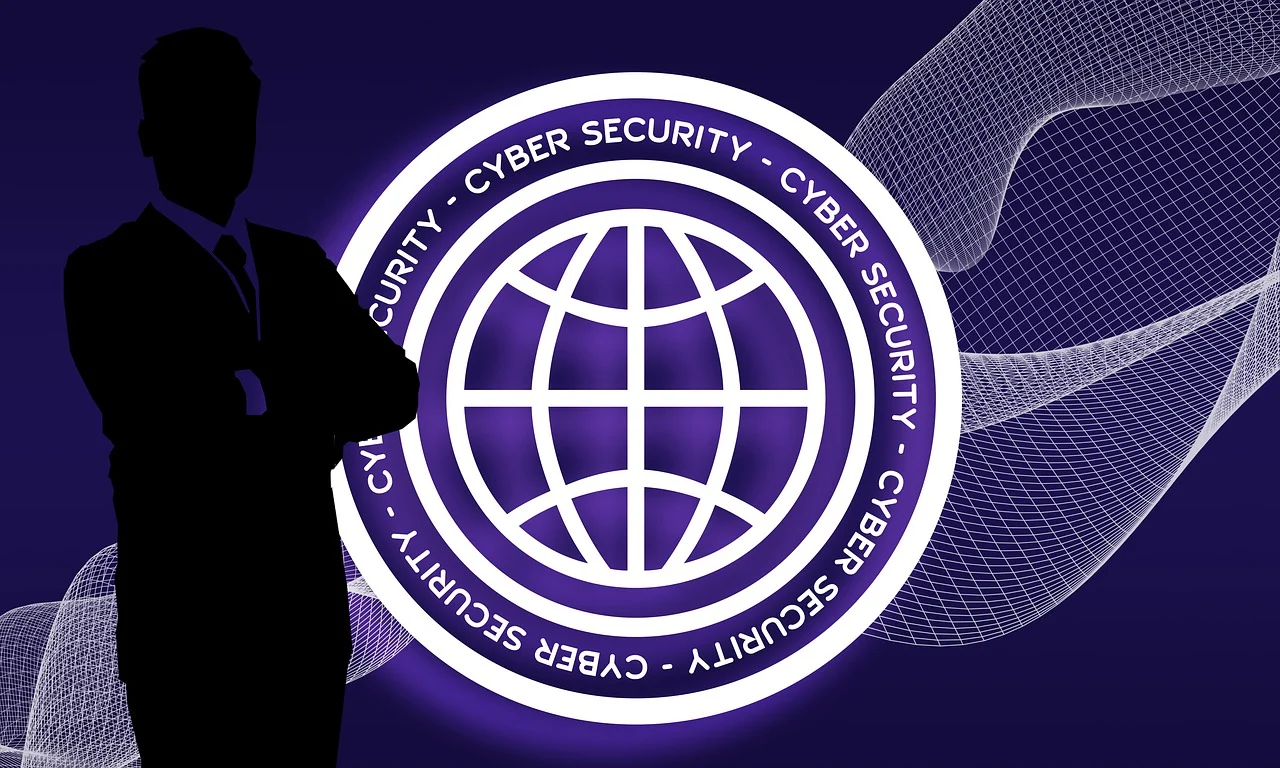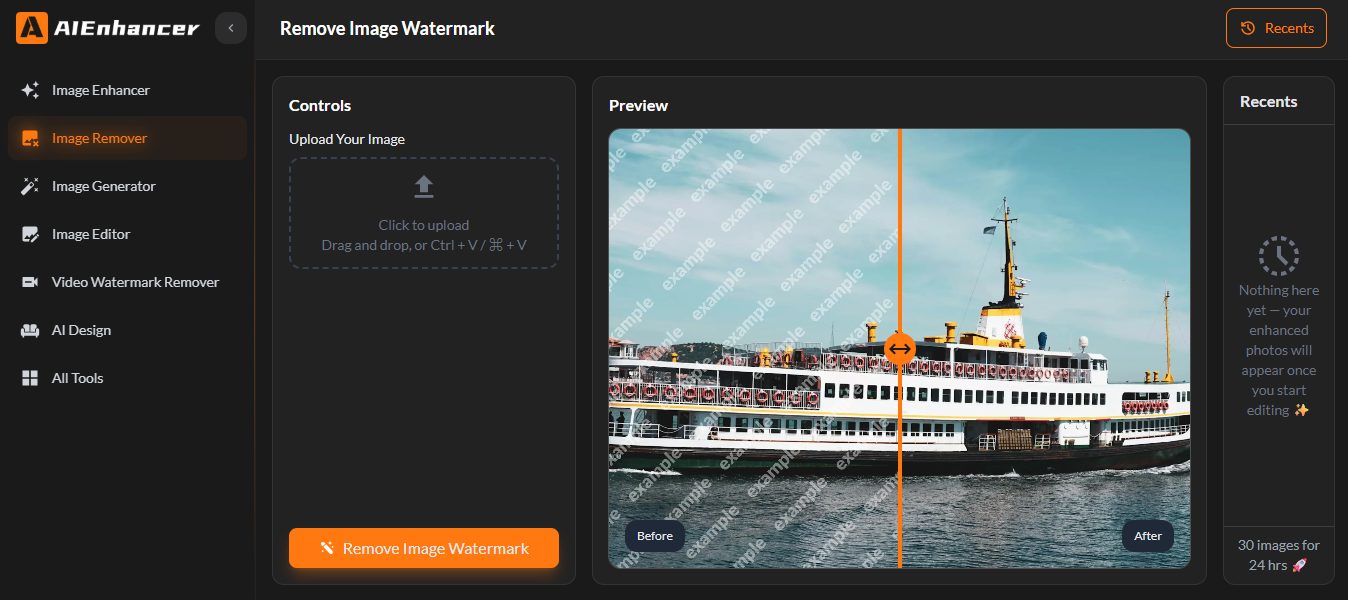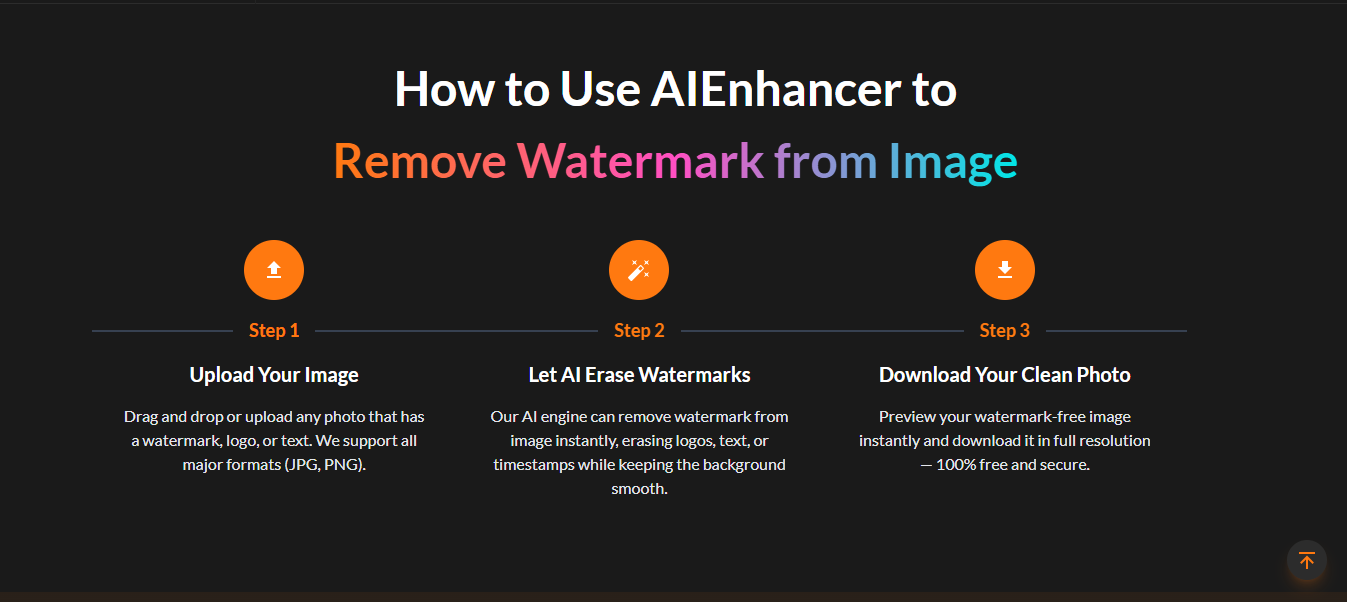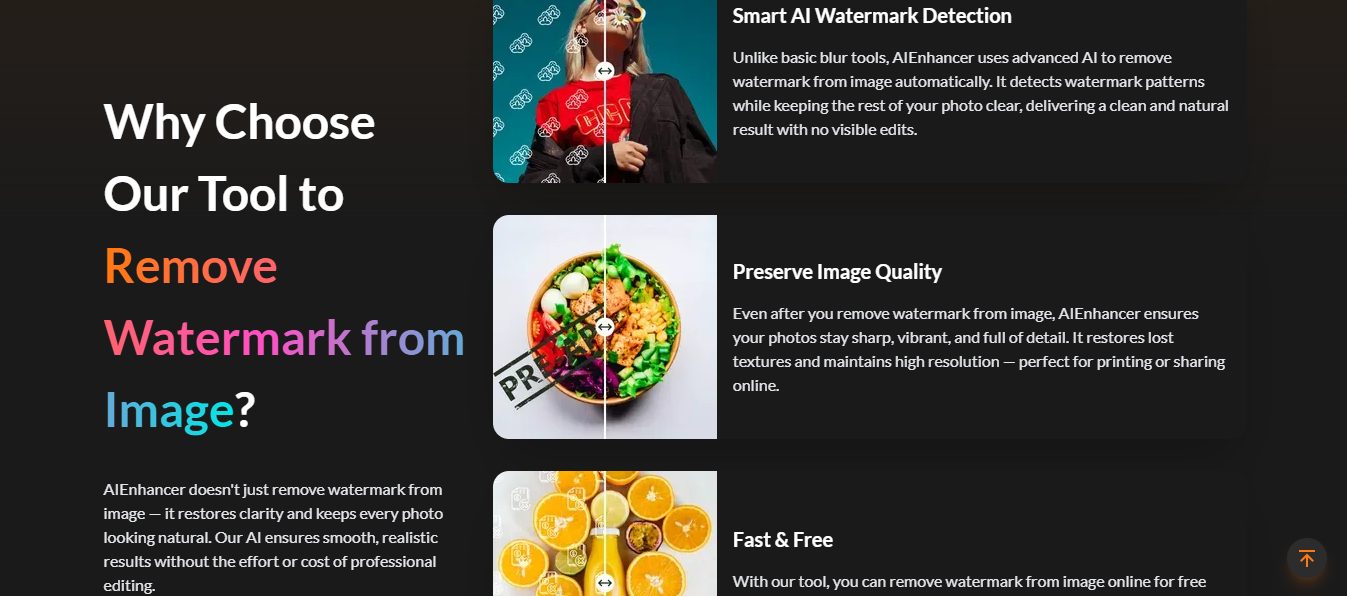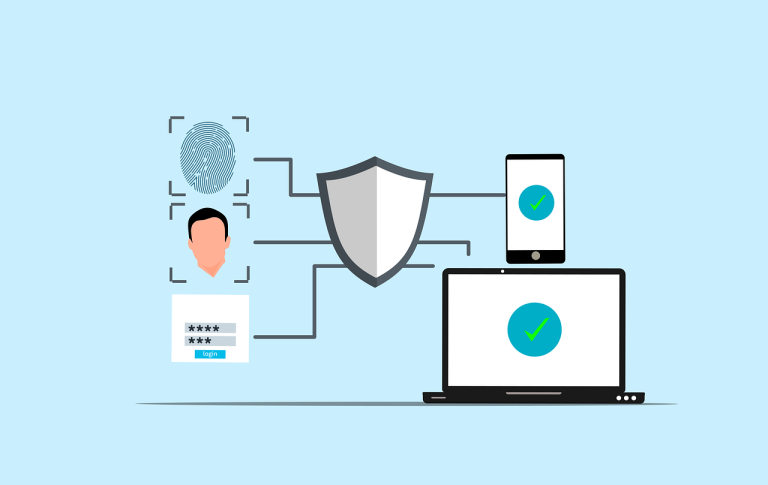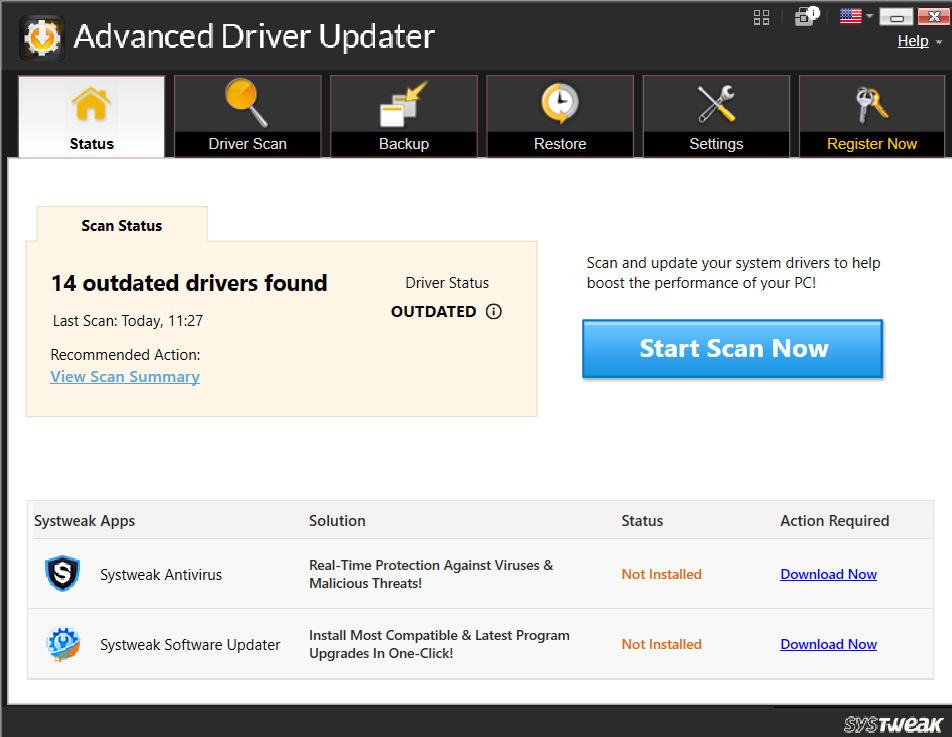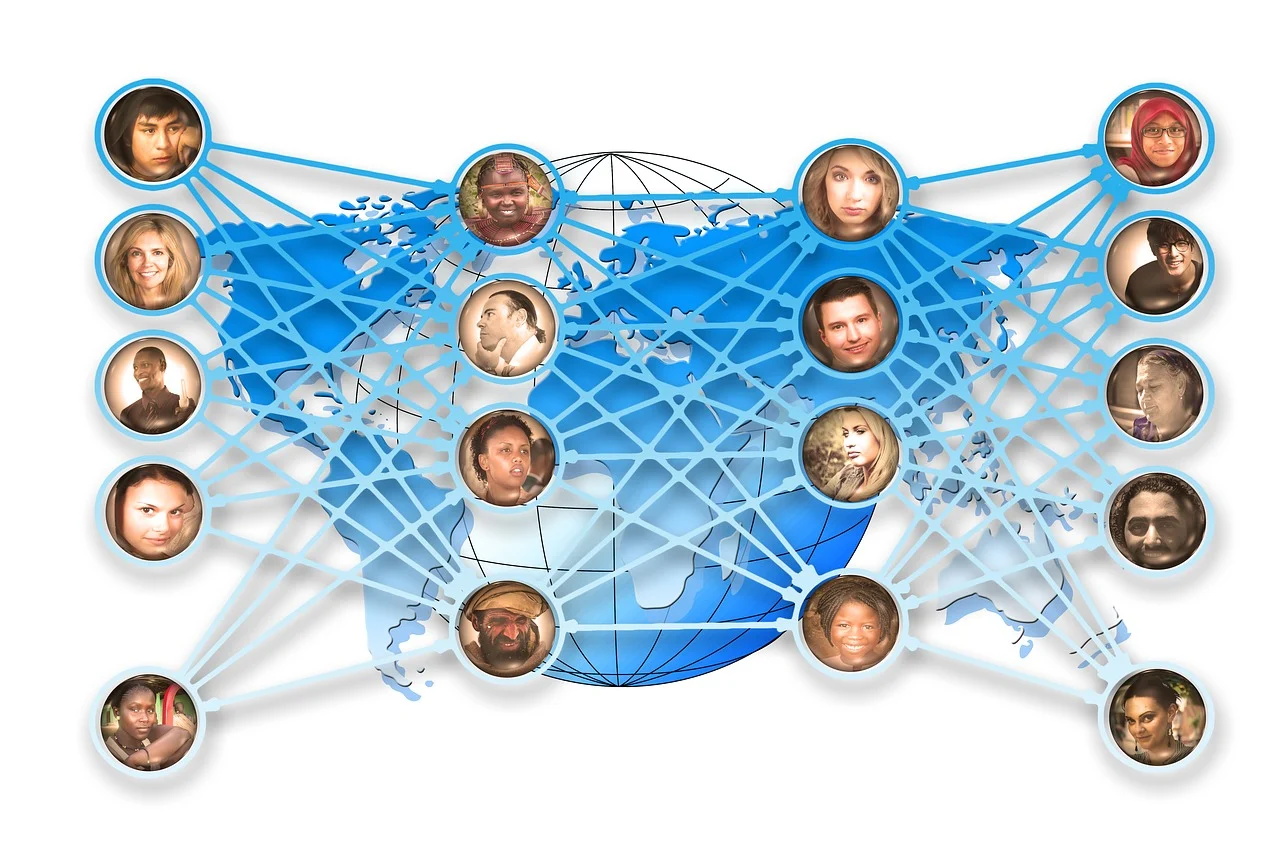In this post, I will show you what organizations should know about cybersecurity compliance.
The modern digital landscape subjects organizations to relentless pressure from two critical fronts: escalating cyber threats and a rapidly growing thicket of regulatory mandates. Whether driven by industry-specific regulations like HIPAA or PCI DSS, or broader data protection laws like GDPR, compliance is no longer optional.
Failing to adhere to these mandates carries significant consequences, including massive financial penalties, severe legal liability, and irreversible damage to reputation and customer trust. Simply investing in basic security tools is insufficient; a structured, documented approach to legal standards is necessary.
Successfully navigating this environment requires adopting formal frameworks that demonstrate an organization’s commitment to protecting sensitive data, rather than merely claiming security measures are in place. These structured mandates are now central to modern risk management, and understanding NIST compliance is essential for maintaining business continuity and legal standing.
Table of Contents
Why Compliance Frameworks Exist
Compliance frameworks and standards exist to provide a baseline level of organizational security maturity. They formalize security expectations across entire industries or jurisdictions, ensuring that all entities handling sensitive data meet a common, defined threshold of protection.
These standards provide a blueprint for establishing effective security controls. Instead of organizations reinventing security practices, frameworks like ISO 27001 or NIST CSF offer vetted, best-practice methodologies for identifying, assessing, and mitigating risks systematically.
Furthermore, compliance acts as a form of legal due diligence. When a breach occurs, regulators and courts look to see if the organization followed established, recognized standards. Adherence demonstrates reasonable effort and good faith in protecting customer and corporate information.
Common Requirements Across Frameworks
Despite the diversity of mandates, many compliance frameworks share common fundamental requirements. Virtually all standards demand strong access controls, enforcing the principle of least privilege to ensure only necessary personnel can reach sensitive systems or data.
Another universal requirement is robust data encryption, both for data at rest (stored on servers or databases) and data in transit (moving over networks). This ensures that even if a data set is compromised, the information remains unreadable and unusable to unauthorized parties.
Furthermore, almost all frameworks require regular risk assessments, documented incident response plans, and mandatory security awareness training for all employees. These controls address the human and procedural elements of security, which are often the weakest links in any defense strategy.
Assessing Organizational Readiness
The initial step toward achieving and maintaining compliance involves a thorough assessment of the organization’s current security posture against the requirements of the chosen framework. This gap analysis identifies where existing controls fall short of the mandate’s standards.
This process involves detailed mapping of data flows, inventorying all sensitive assets, and reviewing existing policies and procedures. A formal audit often uncovers overlooked weaknesses, such as outdated software, undocumented processes, or overly permissive user access rights.
The resulting documentation provides a clear roadmap for remediation, prioritizing the most critical gaps that pose the highest risk of non-compliance. This structured approach prevents the organization from wasting resources on non-essential security improvements.
Ongoing Monitoring and Adaptation
Compliance is not a one-time achievement but a continuous, cyclical process. Regulations, threats, and technology evolve constantly, meaning an organization must continually monitor its controls and adapt its security posture to remain compliant.
Continuous monitoring involves deploying tools that automatically audit system configurations, track user activity, and scan for vulnerabilities. This proactive approach ensures immediate detection and remediation of deviations from the established security baseline.
Periodic internal and external audits are also required to formally verify compliance. These scheduled reviews confirm that the implemented controls are not only in place but are also operating effectively and being documented correctly, satisfying the continuous demands of the framework.
How Compliance Supports Broader Security Goals
While compliance is often viewed as a mandatory, check-the-box exercise, adhering to high standards provides significant benefits beyond simply avoiding fines. A solid compliance foundation fundamentally improves the organization’s overall security architecture.
By implementing controls required by standards like NIST or SOC 2, organizations automatically reduce their attack surface, minimize the impact of breaches, and improve their resilience against sophisticated cyberattacks. Compliance acts as a blueprint for superior security practice.
Ultimately, demonstrating verifiable compliance builds trust with customers, partners, and stakeholders, often becoming a competitive advantage. It assures third parties that the organization is a responsible steward of data, making it a prerequisite for critical business partnerships.
INTERESTING POSTS



